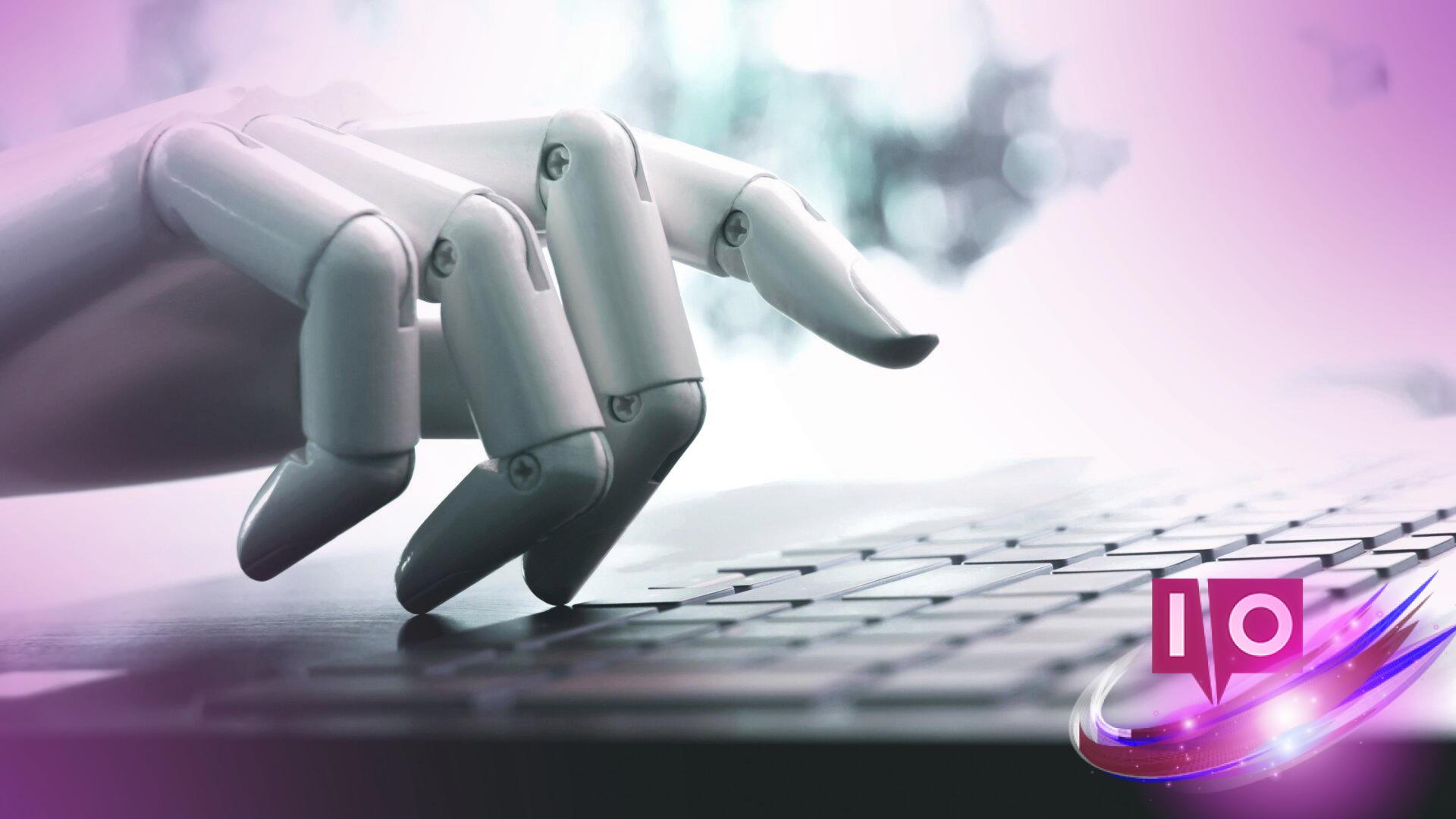As we embrace the AI and robotics revolution, one of the most pressing questions we face is about scale: how do we develop the infrastructure necessary for a future with countless autonomous tools? A promising direction gaining traction is the concept of swarms. While major companies like OpenAI invest billions into centralized data centers, a decentralized approach is emerging that could redefine how we think about AI.
For instance, The Register recently spotlighted a startup named Fortytwo, which is championing this “swarm” methodology. Their recent benchmarks indicate that running smaller AI models on personal computers can yield impressive results, even outperforming renowned models like OpenAI’s GPT-5, Google’s Gemini 2.5 Pro, and Anthropic’s Claude Opus 4.1. This suggests that the future of AI might lean more towards decentralized solutions.
The Genius of Smaller Models
Fortytwo’s central thesis is straightforward yet profound: large AI models can often get ensnared in reasoning loops when faced with complex tasks. In contrast, smaller models, while limited in scope, can provide multiple responses that can be evaluated to discover the best solution. This decentralized model mirrors the methodology used in cryptocurrency, where computing tasks are distributed across various devices. Interestingly, Fortytwo also incentivizes participation in the swarm through a crypto-based reward system for those who contribute specialized models.
Robots as Collective Intelligence
The concept of swarms isn’t limited to AI. Recent research reported by the Wall Street Journal reveals that robots can communicate similarly to a colony, enabling them to function together as a collective intelligence. This approach has practical applications, such as monitoring wildfires. In this case, a swarm of drones would collaborate to detect potential fires, with each drone capable of compensating for the failure of another. In another groundbreaking study, tiny magnetic robots demonstrated the ability to work in unison to clear blockages in artificial blood vessels without surgical intervention.
The Power of Simplicity
The underlying theme of this research is that even simple machines can accomplish more complex tasks when they collaborate. In one experiment, a group of robots equipped with just three basic functions—moving forward, making sound, and listening—successfully navigated around obstacles by coordinating their efforts. This reinforces the old adage that sometimes “two heads are better than one,” especially when it comes to AI and robotics.
What advantages does a decentralized swarm model provide? It facilitates speed, flexibility, and cost-effectiveness, making it a viable solution in our increasingly automated world. This evolution is particularly relevant in scenarios where quick adaptability is crucial, like disaster response or healthcare applications.
How can swarm intelligence be applied in real-world scenarios? The potential uses are vast, including environmental monitoring, search and rescue operations, and even medical procedures that require precise coordination among robotic units.
What role does community participation play in decentralized AI? It empowers individuals to contribute their expertise and resources, creating a collaborative environment that enhances innovation and efficiency.
Is there a limit to how small an AI model can be while remaining effective? Interestingly, although smaller models are typically less robust, their ability to generate varied responses can sometimes lead to highly effective problem-solving in certain contexts.
As we move forward, the takeaway is clear: embracing decentralized swarms could transform the landscape of AI and robotics. This approach may just be the key to tackling the scale challenges we face and unlocking a future filled with possibilities. Explore more about these exciting advancements at Moyens I/O.
